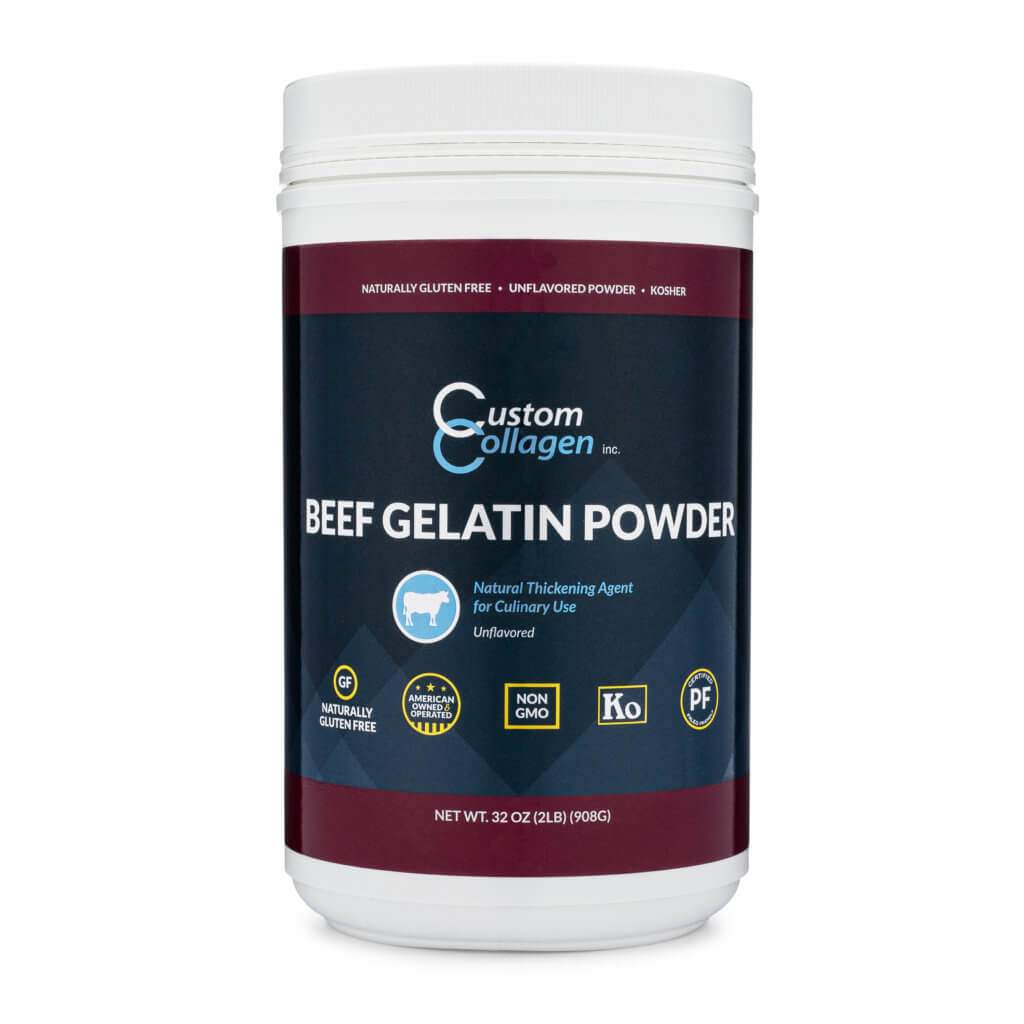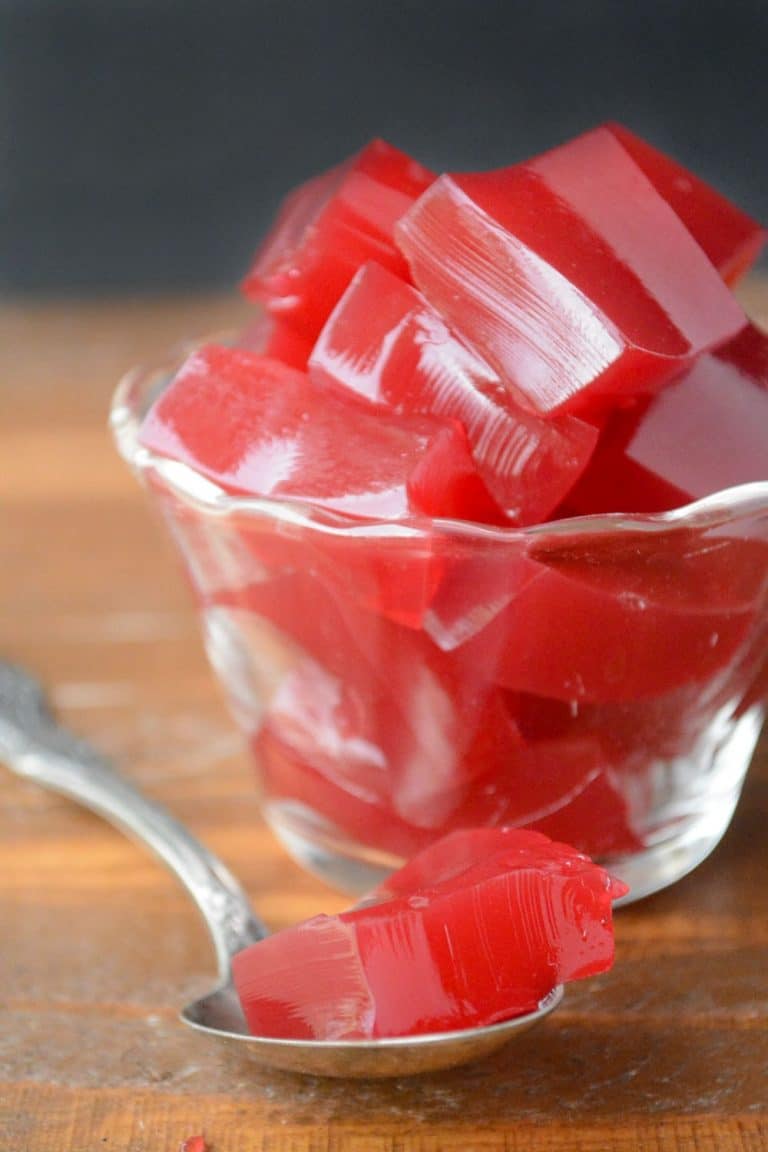

However, research findings on this have been quite descriptive and generic. It is often argued that the success at low income markets (denoted here as Bottom of the Pyramid - BOP) requires innovative and inclusive business models.

The private sector can fulfil an important role in this. There is a growing consensus that one of the key priorities to address food and nutrition security is to aim at the transformation of agriculture and food systems. The amino acids composition of PG, especially the imino acid and hydrophobic amino acids, which determine the physicochemical and functional properties of gelatin, are higher than gelatin obtained from mammals and fish that classifies them in the upper Bloom category. PG films showed better barrier properties than mammal-origin gelatin, making them ideal for food and medical applications. PG extracted in this way exhibited favorable rheological, fat replacement, film formation, foaming, emulsifying and sensory properties, and nutritional quality.


The highest quality PG was extracted through acid treatments. This study provides a perspective on their potential food, pharmaceutical, medical and industrial applications. This paper reviews in detail the fundamental properties of poultry gelatins (PG), including rheological, functional and physicochemical properties. Poultry by-products have good potential for replacing mammalian sources for gelatin extraction. Over the past decade, poultry production has increased by about 37.34%. Non-mammalian gelatin from poultry and fish by-products are also gaining importance in food industry. This has prompted scientists to look for non-mammal sources that closely resembles the desirable physicochemical, functional, and sensory characteristics of mammalian gelatins. Nowadays, health, cultural, and religious concerns have arisen due to consumption of mammalian gelatin. The largest volume of gelatin production comes from mammal sources (cows and pigs). Studies indicate a 30% increase in demand for all types of food and non-food grade gelatins in the world. This comprehensive review could inform future research and commercial applications of gelatins. This chapter focuses on different approaches to valorization strategies of animal-derived waste into gelatin and highlights the advantages and restrictions of sustainable utilization of it in the food and pharmacology industries. In addition, its wide use as a coating material, food additive, stabilizer, and clarification agent in the food industry, has resulted in gelatin becoming a commonly accepted biomaterial in pharmacology that is employed as an important material for wound dressings, tissue engineering, and as a drug carrier. The utilization of animal-based agri–food gelatin, especially in pharmacology and food, has been considered as one of the main applications which benefit both industry and the related science. This biopolymer has been used extensively in different industries due to its excellent functional characteristics, abundance, and relatively high economic value. Gelatin from alternative sources such as animal-based agri–food and mammalian gelatin has been used widely as a response to the increasing gelatin demand. With a better understanding of the importance of gelatin and the growing demand for natural biopolymers as pharmacology and food additives, the utilization of gelatin has increased globally over recent years.


 0 kommentar(er)
0 kommentar(er)
